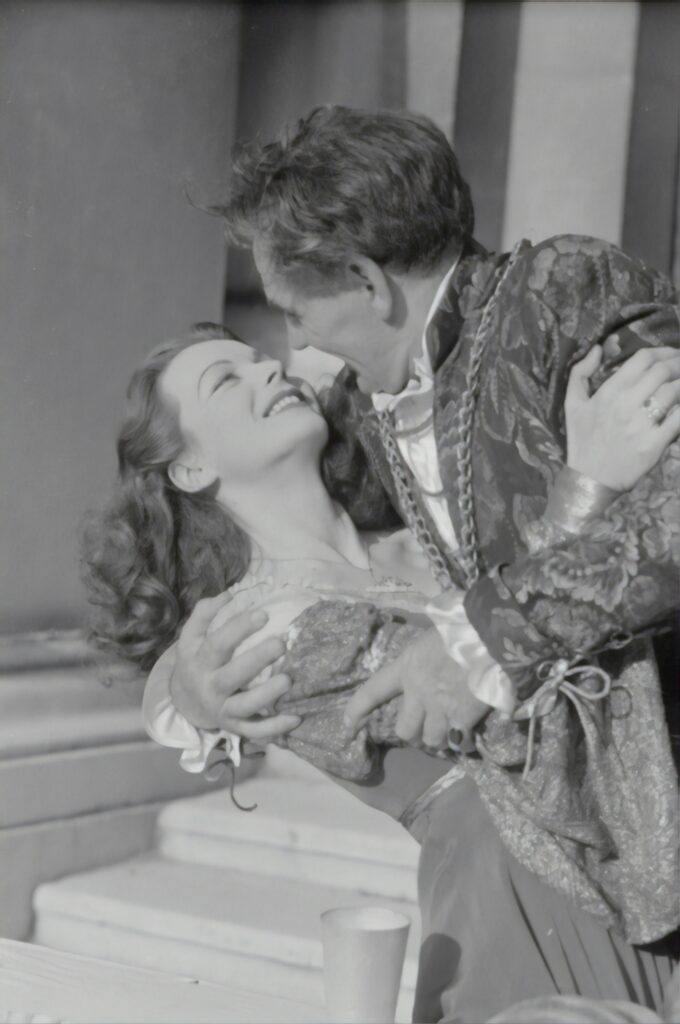As mentioned in our previous posts, there is mixed research on whether our menstrual cycle affects our sexual desire. While some studies have indicated there is little significant impact, others reflect strong changes in women’s sex drive throughout their cycle.

Some studies suggest that women dress more provocatively, are more flirtatious, and are more sexually excitable before and after ovulation. This results in a change in men’s mating behaviour in response to women’s cues. Another study suggested that men literally and physically moved closer to a woman when she was ovulating (Law, 2011). How interesting!
Have you noticed this about yourself? Do you find yourself more flirtatious, getting turned on by your partner or someone you find attractive when you’re ovulating? In my experience, knowing that my hormones have this impact on my sexual desire helps me understand why I have days where I find guys more attractive than I normally would or if I start feeling aroused for no clear reason.
So let’s get into the science!
The two main hormones that drive our desire and arousal are the release of oestrogen and testosterone.
Testosterone is involved in the sexual desire and behaviour of both men and women. On the other hand, oestrogen plays a distinct role in women’s sex drive, which shifts throughout the menstrual cycle. Studies show that women’s oestradiol (the main form of oestrogen) and testosterone peak during ovulation, which correlates with increased sexual desire during this time (Roney & Simmons, 2013). Both hormones also boost the production of other chemicals such as dopamine and norepinephrine, which are involved in pleasure and attraction.
Dopamine is known as the ‘feel good hormone’, while norepinephrine is a key ‘chemical messenger’ that regulates arousal (Burgoyne, 2021).
There is a lot more that goes into the science behind sexual attraction, you will find some resources and further reading in the reference list below or on the BKT Instagram page and the other blog posts on this site. The bottom line is that God made us all as sexual beings and in His image. While we may not think about this aspect of God’s creation of us, our sexual desire is in God’s design for us. It is therefore a good thing! Our sex drive – including those peaks and valleys – is not a measure of our faith, value or something we should be ashamed about. They are merely parts of our humanity that we need to understand and learn to steward well!
Some questions to ponder:
- How does knowing this affect your perspective or understanding of sexual desire?
- If you have a menstrual cycle, have you noticed changes in your attraction and arousal around the time of ovulation?
References
Burgoyne, B., Awadallah, D., Walmsley, T., Chiam, J., Rapti, E., & Ohwovoriole, T. (n.d.). Hormones and sex drive. Retrieved from https://www.inne.io/en/blog/article/hormones-and-sex-drive
Cunnington, H. (2015). The Naked Truth About sexuality. Redding, California.
Law, B. M. (2011, March 1). Hormones & desire. Monitor on Psychology, 42(3). https://www.apa.org/monitor/2011/03/hormones
Urszula M. Marcinkowska, Talia Shirazi, Magdalena Mijas & James R. Roney (2022): Hormonal Underpinnings of the Variation in Sexual Desire, Arousal and Activity Throughout the Menstrual Cycle – A Multifaceted Approach, The Journal of Sex Research, DOI: 10.1080/00224499.2022.2110558
Rhoades, G. and Stanley, S. (2023). What’s the Plan? Cohabitation, Engagement, and Divorce. Institute for Family Studies.https://ifstudies.org/ifs-admin/resources/reports/cohabitationreportapr2023-final.pdf



